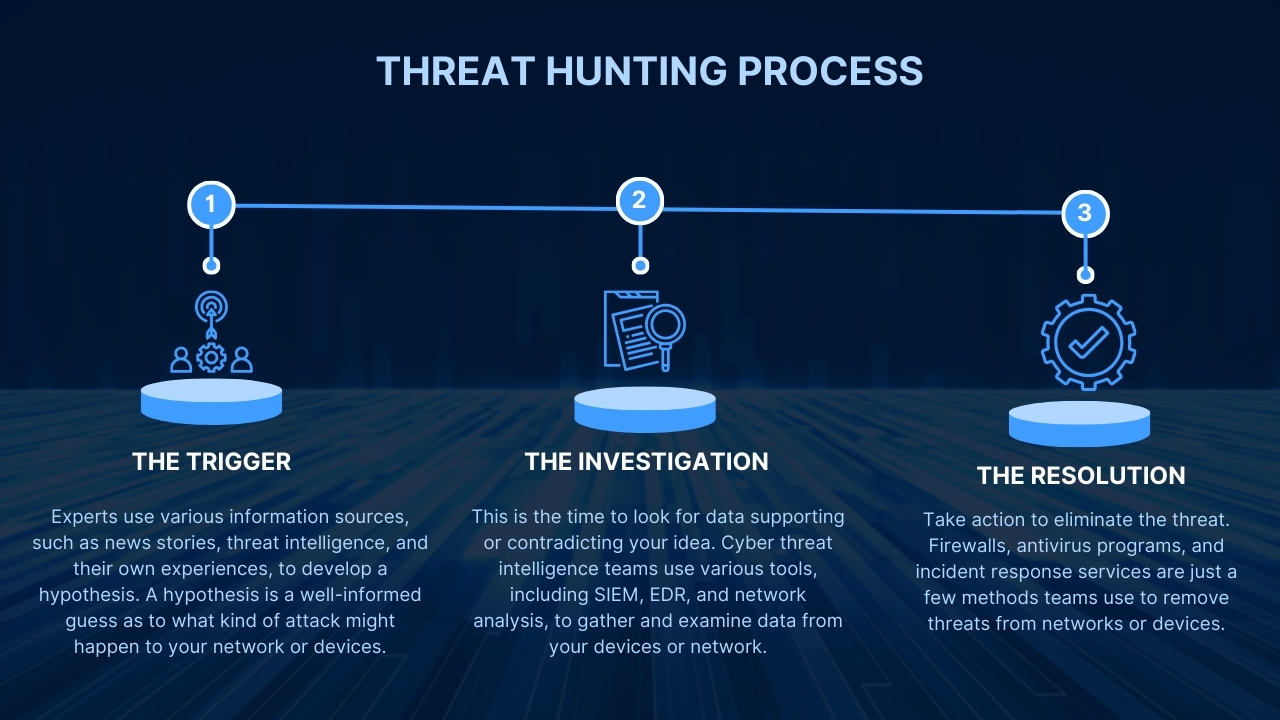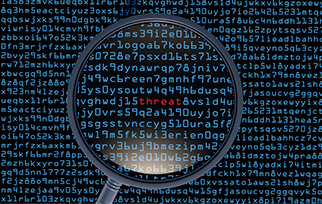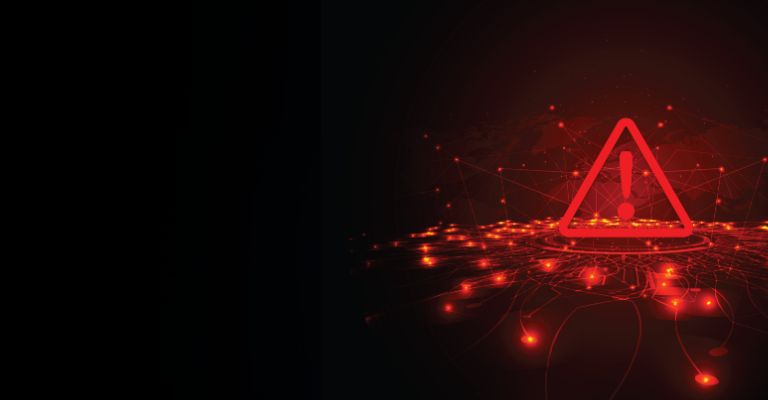Threat hunting is a proactive step where experts look for cyber threats. They go deep into malicious players in your system and eliminate them. This is a part of Cybersecurity services protecting computers, networks, and data from venomous attacks of hackers.
They find hackers attempting to smash our devices, snatch our information, and ruin our services. Under threat hunting, experts try to discover different strategies and processes hackers use. They watch Viruses, Malware, Phishing, Ransomware, Trojans, and Worms.
We should remember that cyber-attacks are not always easy to detect; hackers are skilled professionals and can remain undetected in our system. And these hackers come to our system quietly, collect our vital information, and spy on our activities,
Finally, they will wait for an ideal opportunity for a larger attack; these kinds of secret cyber threats are hazardous since they have that much potential to do significant harm before we notice those types of activities.
Know About Threat Hunting
Threat hunting is the anticipatory approach to cybersecurity. Organizations need a systematic search for evidence of capable cyber threats in the systems; instead of relying on alarms, we actively hunt for threats
Threat hunting involves searching for hints and proof of hacker activity to locate and neutralize them before they can cause harm to us. Here, we aim to identify resourcefulness threats before they can damage us, adapting progressive measures to safeguard our systems and data from cyber-attacks.
Threat hunting is not a simple assignment; it demands great experience and a lot of skill, and you should be a cybersecurity expert. It also requires important data, instruments, and resources to be available for a complete examination and investigation. Simply put, threat hunters are cybersecurity threat experts.
Importance of Threat Hunting
Hackers are sharp, cunning, and deceptive. Threat hunting helps you to know about hackers’ methods and tools. Hackers can remain hidden for extended periods, it may take months and years to get the important credentials that can result in data breaches, and it can be costly in terms of money and reputation.
To keep your data from these evil eyes of hackers, avail of cyber threat intelligence services from Cybalt. Now, let's discuss some of the importance of threat hunting.
Detecting Advanced Threats
Advanced cyber threats, such as sophisticated malware, zero-day exploits, stealthy insider attacks, ransom, phishing Campaigns, File-less malware, often go undetected by standard security controls like firewalls or antivirus software.
Threat hunting involves actively searching for indicators of compromise (IOCs) or suspicious activities within an organization's network or systems.
Reduce Investigation Time or Dwell Time
The time between a threat entering a network and its detection and mitigation is known as the "dwell time." A threat has greater time to spread laterally, obtain critical information, or inflict harm the longer it goes unnoticed.
By actively looking for concealed risks, threat hunting tools used by experts seek to reduce dwell time and reduce the amount of time an attacker has to operate.
Strengthen The Security
Threat hunting assists companies in locating gaps in their network settings and detecting capabilities or security measures. Organizations find and fix weaknesses, strengthen their defenses, and remain one step ahead of possible adversaries by constantly scanning for threats.
Know Various Types of Threat Hunting
Structured Hunting
This security hunting is done based on an indication of attack (IoA) and the techniques, tactics, and procedures (TTPs) used by attackers.
Unstructured Hunting
Unstructured hunting is a tactic used by threat hunters to find abnormalities or trends in the system. Here, threat hunting is carried out in reaction to an indication of compromise (IoC) or trigger.
Situational
Situational hypotheses are developed from real-world occurrences, like vulnerabilities identified in network risk analyses. To produce entity-oriented leads, threat hunting cybersecurity experts use the most recent TTPs for active cybersecurity threats taken from crowd-sourced attack data. A threat hunter can search for these specific behaviors using the test system.
Useful Threat Hunting Tools
Threat-hunting tools enable proactively seeking and identifying cyber attacks that traditional approaches could miss. These tools gather information from several sources, such as network traffic, logs, endpoints, and threat intelligence feeds, analyze it, and take appropriate action.
Heimdal Threat Hunting and Action Center
This cloud-based SaaS platform enables automated response and execution by cooperation with additional Heimdal defense items. Threat hunters can use it to thwart and mitigate threats such as ransomware, phishing, and data breaches
SolarWinds Security Event Manager
This SIEM technology manages logs detects, and responds to threats. Cyber threat hunting experts use it to recognize and react to questionable activity, including data breaches, brute force attacks, and malware infections.
Manage Engine Vulnerability Manager Plus
This program looks for security holes in network devices and endpoints that an attacker could exploit. Threat hunters can use it to locate and close security holes caused by out-of-date software, incorrectly configured settings, and weak passwords. These are a few threat-hunting tools that might assist you in defending your company against online attacks.
How Does Threat Hunting Work?
Collect data: Threat hunters need access to a massive amount of data from many sources, such as network traffic, logs, endpoints, and threat intelligence feeds. This data provides evidence and suggestions for potential attacks.
Form a hypothesis: Cybersecurity threat experts follow a question or a suspect while investigating threats.
Analyze data: Threat hunters use various tools and techniques to analyze the data and look for patterns, anomalies, or indications of an upcoming assault. They can use statistical methods, machine learning, or visualizations to find relevant information.
Respond and Remediate: Threat hunters take action to neutralize the threat or prevent it from posing harm. They may stop, isolate, or neutralize the threat or notify the appropriate authorities or teams.

Threat hunting is highly rewarding, but it's challenging. It helps you learn new skills, strengthen your defenses against online dangers, and protect your devices and network.
Threat Hunting Framework Used By Cybersecurity Services
Threat hunting frameworks come in various forms but consistently share specific modules. For instance, most frameworks have these three steps:
Prepare
Threat hunters decide how to search for it and what to look for. To develop a theory, they can draw on various data sources, including news articles, threat intelligence, and their instincts.
Execute
Threat hunters collect and analyze data from their network or device using various technologies, including SIEM, EDR, and network analysis. They can look for strange activity, malicious files, or unexpected network traffic. If what they find supports their theory, they have found a threat. If not, they can try an alternative philosophy or style of hunting.
Act with Knowledge
At this moment, threat hunters step in to neutralize the threat and prevent future occurrences of the same type. They can use various solutions, such as firewalls, incident response services, and anti-virus software, to remove the threat from their network or device. They can also report the threat to their organization or other authorities and share the results of their research and lessons learned with others at the later threat-hunting process stage.
What Is The Difference Between Threat Hunting and Threat Intelligence?
Threat hunting is aggressively searching your system or network for malicious users or activity. It involves actively looking for signs of breach or invasion that might have gone beyond your present security procedures instead of passive detection techniques like logs or alarms. Threat hunting requires high levels of expertise and experience, as well as a thorough comprehension of the architecture of your network and system, typical user behavior, and potential weaknesses. Threat researchers collect and examine information from various sources to look for patterns or abnormalities that could indicate hostile behavior. They accomplish this by utilizing various instruments and methods, such as behavioral analytics, endpoint detection and response, and network traffic analysis (EDR).
Threat Intelligence is the process of gathering and analyzing information about potential threats to your network or operating system. Using machine learning and artificial intelligence, it gathers information from various sources, such as threat intelligence feeds, reports, blogs, forums, and social media. Threat Intelligence may help you prioritize and address the most critical and urgent risks to your business, and it can also guide your security decisions and plans
Threat hunting and threat intelligence are essential components of a robust and resilient cybersecurity operation. They can protect your system and network from damage and compromise, in addition to helping you recognize, block, and respond to online attacks. By understanding their distinctions and how they interact, you can make the most of them and strengthen your cybersecurity posture.
Cybalt: Boost Security, Cut Risks - Expert Threat Hunting for Business Safety
Studies show that a company's cost of a data breach is around USD 4 million on average. You can eliminate up to 70 to 80 % of risks by choosing various security measures. Still, the remaining risks require threat hunting. Threat hunting is a critical skill of cybersecurity professionals protecting organizations from complex and persistent threats. Threat hunting requires technical expertise, experience, curiosity, inventiveness, and critical thinking.
It increases security and reduces the likelihood of data leaks. Due to the complex nature of cybersecurity and threat hunting, you require assistance from industry leaders. We are Cybalt. We’re a security service company offering comprehensive end-to-end solutions for businesses of all sizes and segments.
Other Blogs

From Nuclear Centrifuges To Machine Shops: Securing IoT
IoT or ‘the internet of things’ has been around for a lot longer than the buzzword
Read More


Demystifying XDR
As the capabilities of threat actors have increased so have the tools which we utilize to detect and respond to their activities.
Read More


Cybersecurity In A Post Pandemic World
As many cyber security practitioners will tell you, the most imminent and dangerous threat to any network are the employees accessing it.
Read More


